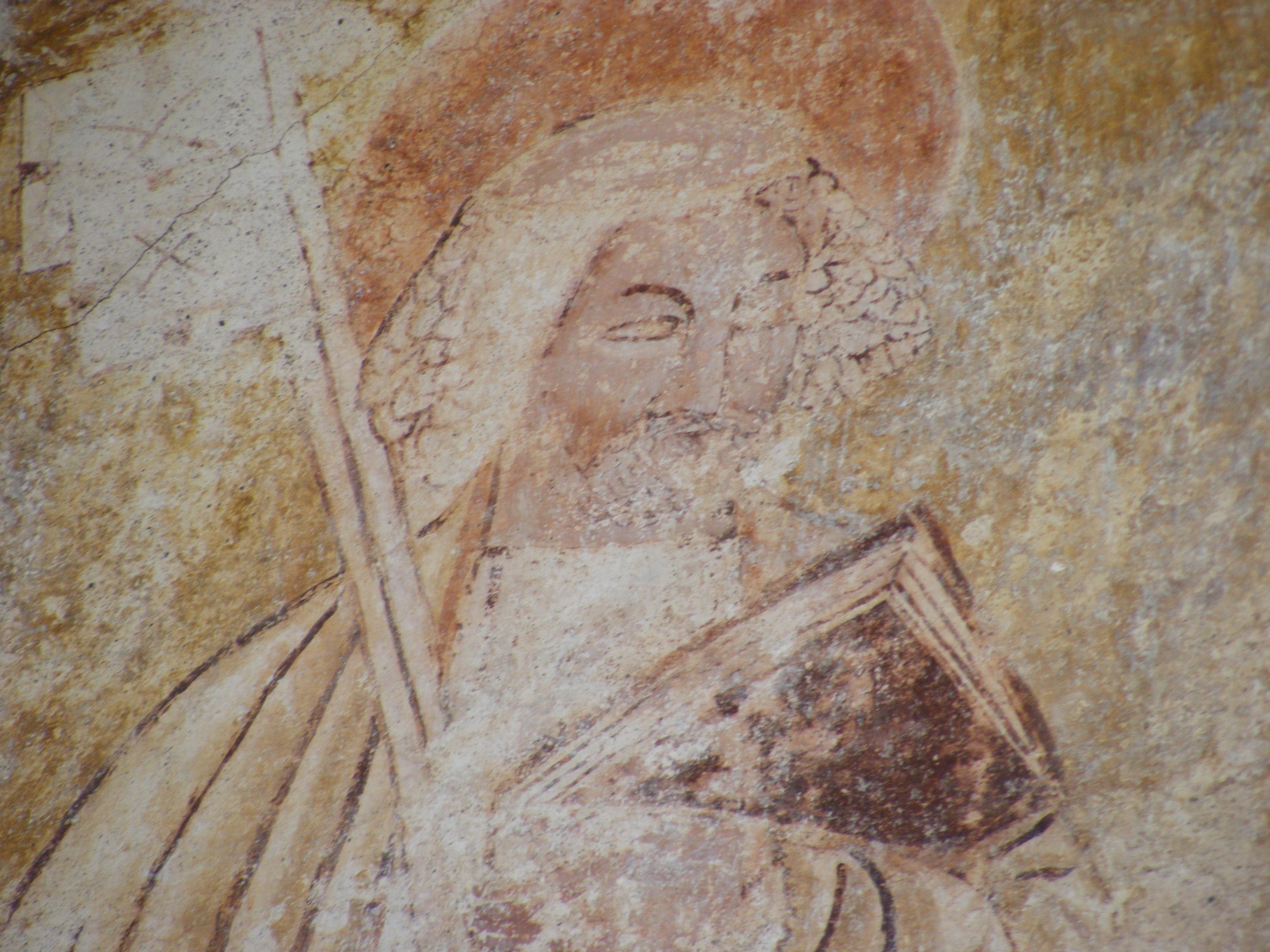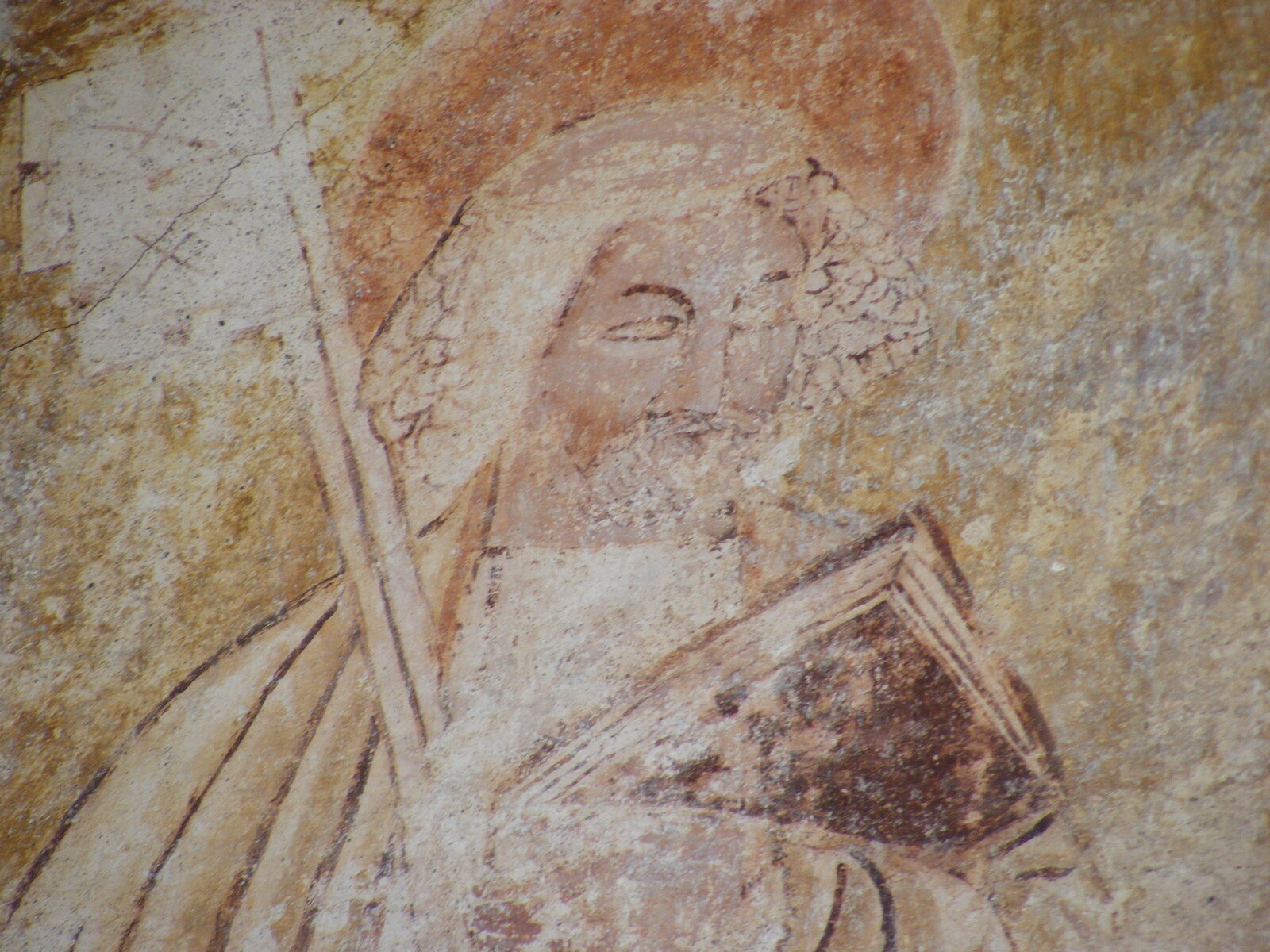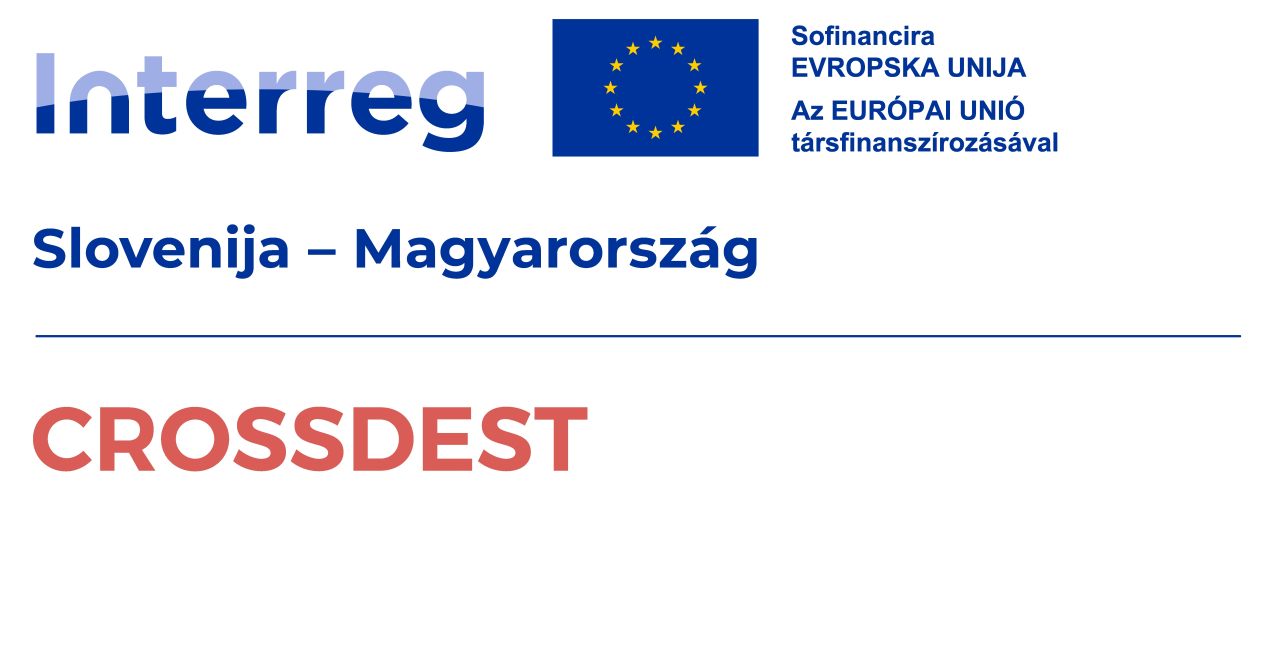









Csíkdelne
At the foot of the eastern slopes of the Harghita Mountains, nestled among gentle valleys and spring-fed streams, lies Csíkdelne – one of the oldest settlements in the historic Csíkszék region, mentioned early on in written records. The village appears in the papal tithe register of 1332–1334 under the names "Delna" and "Dolna", derived from the Slavic word "dolina", which refers to the characteristic landscape – a region marked by valleys and depressions. The settlement stretches in an elongated shape for about 2.3 kilometres along two almost parallel streams – the Csorgó and the Nagy-patak – which flow through nearly every courtyard. This water network shapes the landscape, creating a unique microclimate and natural harmony that the locals have sustainably utilised for centuries. The village's structure is divided into Alszeg, Középszeg, and Felszeg, following the traditional "tens" system, which organises the community into clearly defined neighbourhoods. Csíkdelne also served as a mother church centre for the neighbouring villages of Pálfalva and Csicsó, symbolised to this day by the St John’s Church standing at the northern boundary of the village. Built in the second half of the 15th century, the church is one of Székelyföld’s most significant late Gothic ecclesiastical monuments. Its slender, pointed-arch tower, circular defensive wall, and stone-carved pillars evoke the memory of medieval fortified churches. The interior combines several architectural styles: the Baroque winged altar dates back to 1675, while the ceiling features a Renaissance coffered wooden panelling from 1613, adorned with 104 painted panels depicting tulip, carnation, rose, and cornflower motifs. The church was last restored in 1970, and the carved stone cross standing in front of it is a remarkable piece of artistic heritage. On the outskirts of the village, the small chapel-like structure of the former parish church still stands, likely built in the 15th century. With its simplicity, triumphal arch sanctuary, and later-added tower, it blends gently into the landscape, serving as a quiet setting for everyday religious life. The proximity to nature and the settlement’s water-based structure are not only of historical interest but also noteworthy from a sustainability perspective: for decades, the streams provided water for households and small farms. Local farming remains primarily small-scale and family-based, characterised by meadows, pastures, vegetable gardens, and traditional livestock keeping. The villagers have lived in harmony with the natural environment for centuries without disrupting its balance. Visitors are drawn here not only by the rich history and living traditions but also by the diversity of the natural surroundings. The surrounding hills offer numerous unmarked yet easily navigable hiking trails through meadows, forests, and clearings, where, according to local legends, traces of former settlements, such as Tordafalva, can still be found. Folklore suggests that this village was destroyed during the Tatar invasions, and the surviving population founded today’s Pálfalva – intertwining historical events and oral traditions into the identity of the region. Csíkdelne offers a profound and authentic experience for those seeking quiet, value-based exploration instead of noisy tourism. The community is welcoming to visitors but strives for balance: here, a guest is not just an observer but a respectful participant in the daily life of the village. It is a place where centuries of history and a sustainable future are not in conflict but mutually reinforcing realities.
Arrival
- Walk
- Horseback
- Electric bicycle
- Bike
- Car
- Motorcycle
Public transport
- bus
Parking information
- Free outdoor parking available
Sustainability level
Topic 1: Destination Management 52%
- Visitor management: 60%
- Commitment and organization: 0%
- Design & development: 50%
- Monitoring and reporting: 50%
- Legal and ethical compliance: 100%
Topic 2: Nature and landscape 70%
- Nature and wildlife protection: 100%
- Nature and conservation: 40%
Topic 3: Environment and climate 29%
- Land use and pollution: 67%
- Water management: 40%
- Energy, sustainable mobility and climate change: 0%
- Adaptation to climate change: 0%
- Waste and recycling: 40%
Topic 4: Culture and traditions 88%
- Cultural heritage: 100%
- People and traditions: 75%
Topic 5: Social Welfare 34%
- Health and safety: 100%
- Local economy: 0%
- Socio-economic impacts: 0%
- Community participation: 0%
- Human dignity: 71%
Topic 6: Business and Communication 61%
- Business participation: 22%
- Information and marketing: 100%


